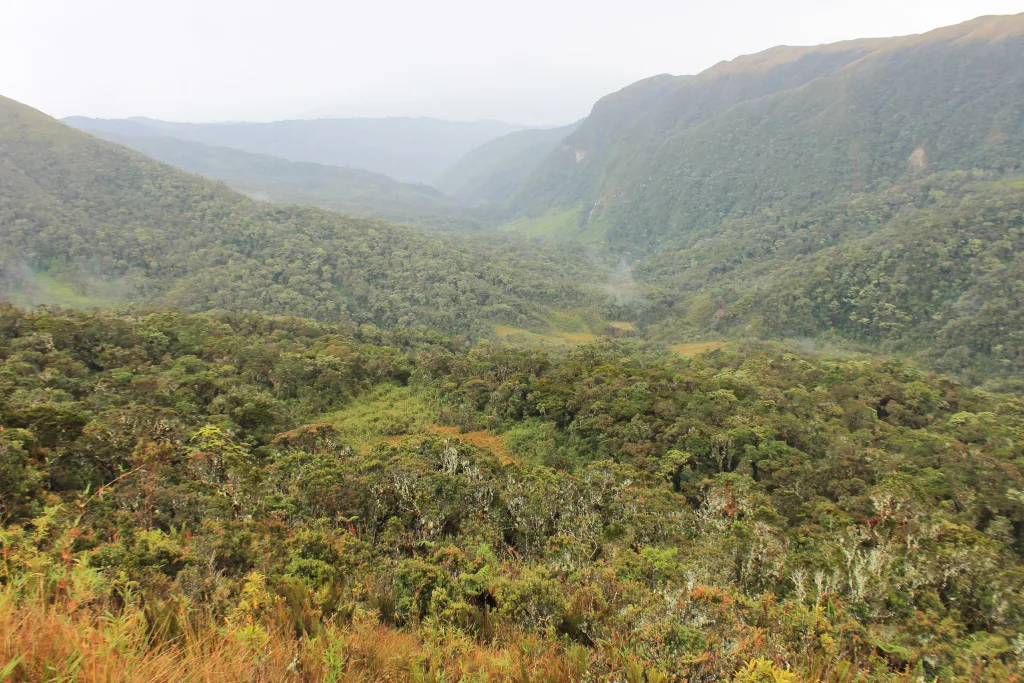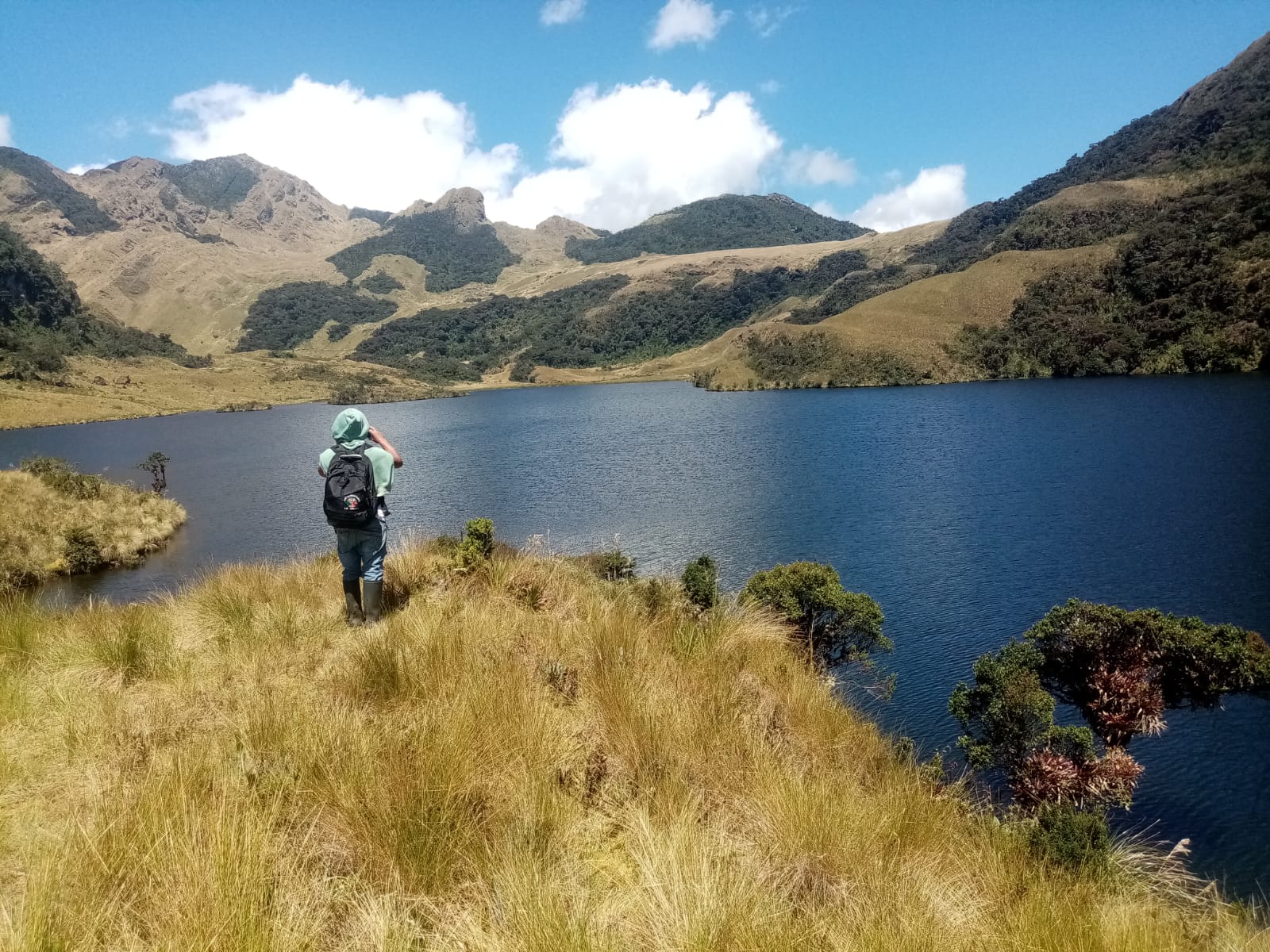Two new species of lizard discovered in Amazonas, Peru
01/23/2024
Recently, a scientific publication in the Amphibian & Reptile Conservation journal announced two new species of reptile in Peru, specifically in the Amazonas department.
Meet the Petracola amazonensis and Petracola shurugojalcapi lizards – the “rock lizard of Amazonas” and the “Rock lizard of La Jalca.” These remarkable creatures have been uncovered in the Chiliquin and La Jalca districts, deep within the Amazonas department.


These discoveries are not just fascinating from a biological standpoint; they shed light on the critical need to protect untouched areas in Amazonas with undiscovered biodiversity.
Leading the research are scientists like Luis Mamani, Juan Carlos Chaparro, Alessandro Catenazzi, and Víctor Vargas, who have dedicated their efforts to unraveling these mysteries.

The species’ names reflect their origins – “Petracola amazonensis” honors the Amazonas region, while “Petracola shurugojalcapi” blends the Quechua words “shurugo” (the local name for the lizard) and “jalcapi” (meaning “of Jalca”).
Research on new species
Biologist Víctor Vargas shares the incredible journey of discovering these species, highlighting that they’ve been known for over a decade but have only recently been studied with advanced scientific methods.
The importance of conservation
The La Jalca community’s conservation efforts are also noteworthy. With support from Nature and Culture International, they’ve expanded their protected area from 43,248 acres to an impressive 64,781 acres in just six years.


Beyond wildlife preservation, this area plays a vital role as a water source for human consumption and local economic activities. It’s a lifeline for communities and a driving force for Amazonas’ development.
In summary, these discoveries and conservation endeavors in Amazonas are both scientifically intriguing and vital for the region’s well-being.


